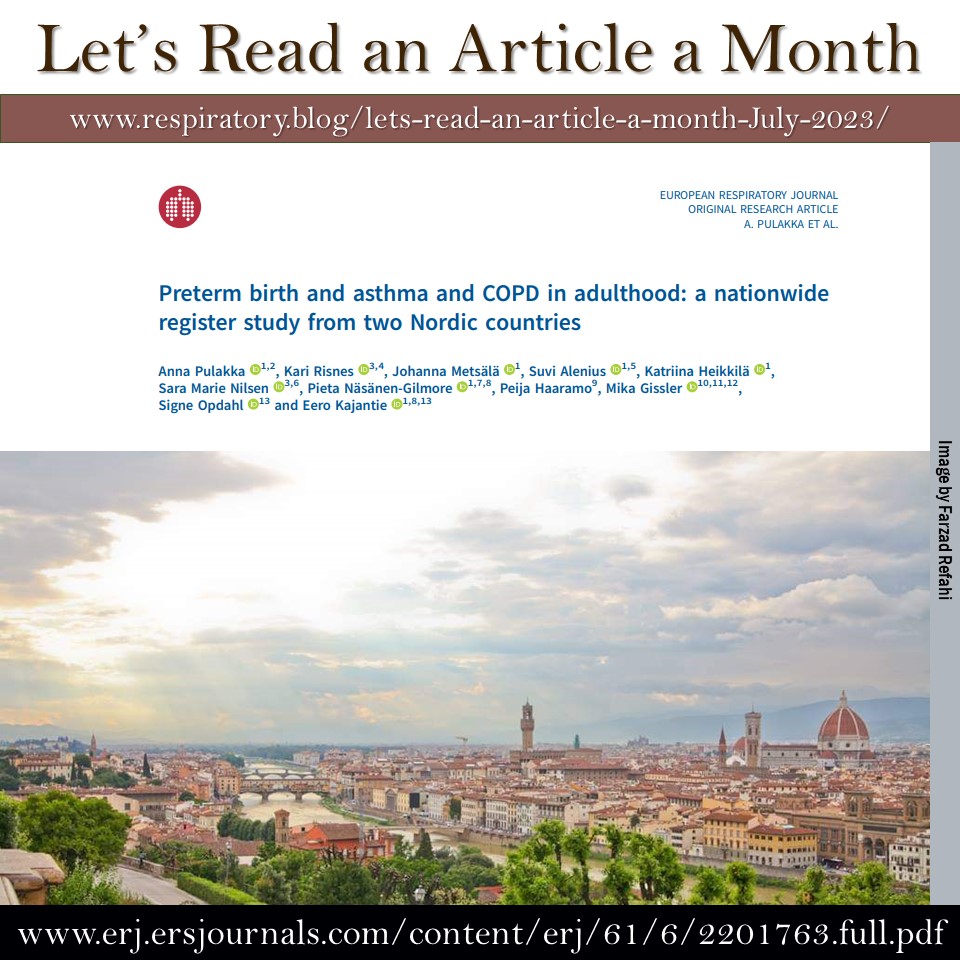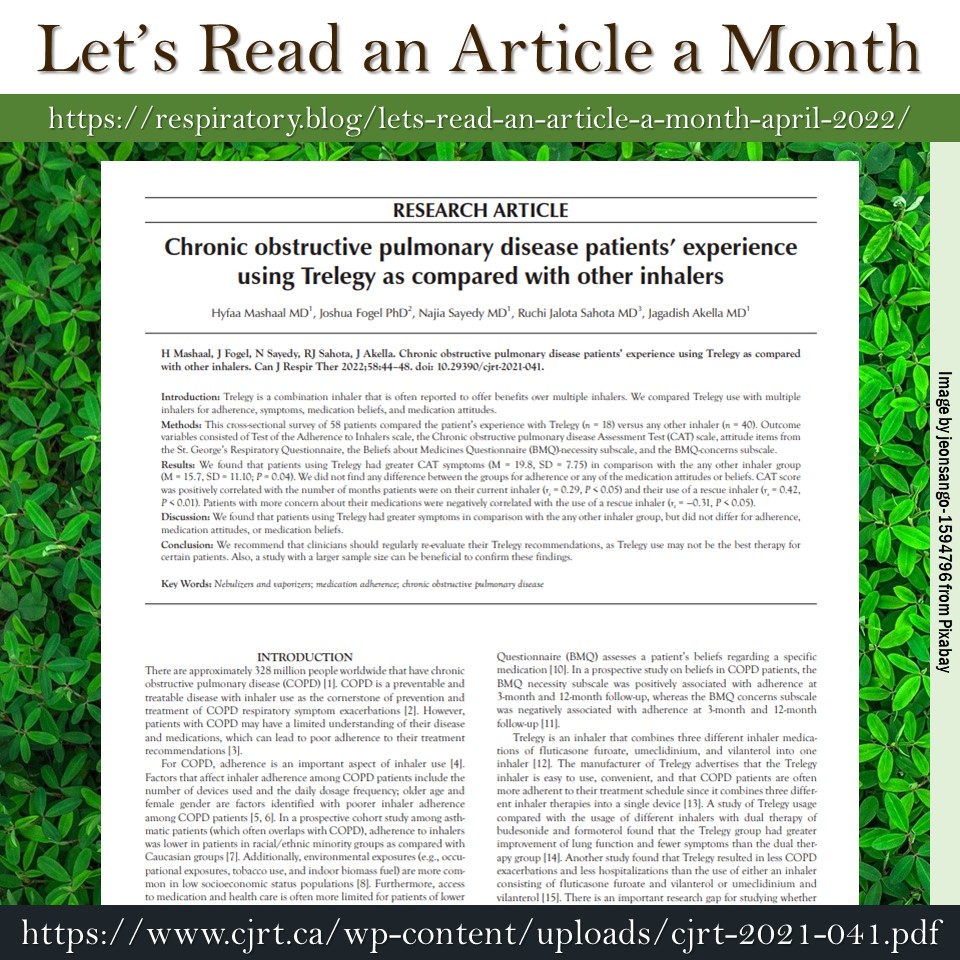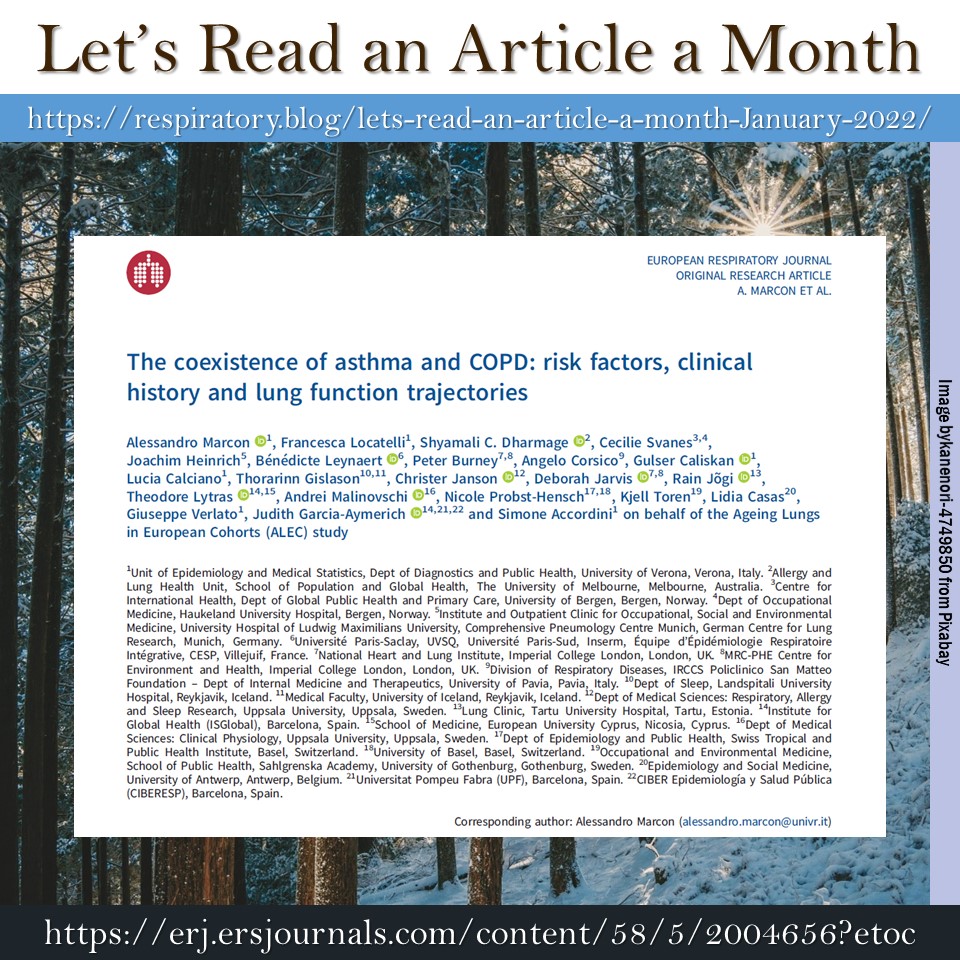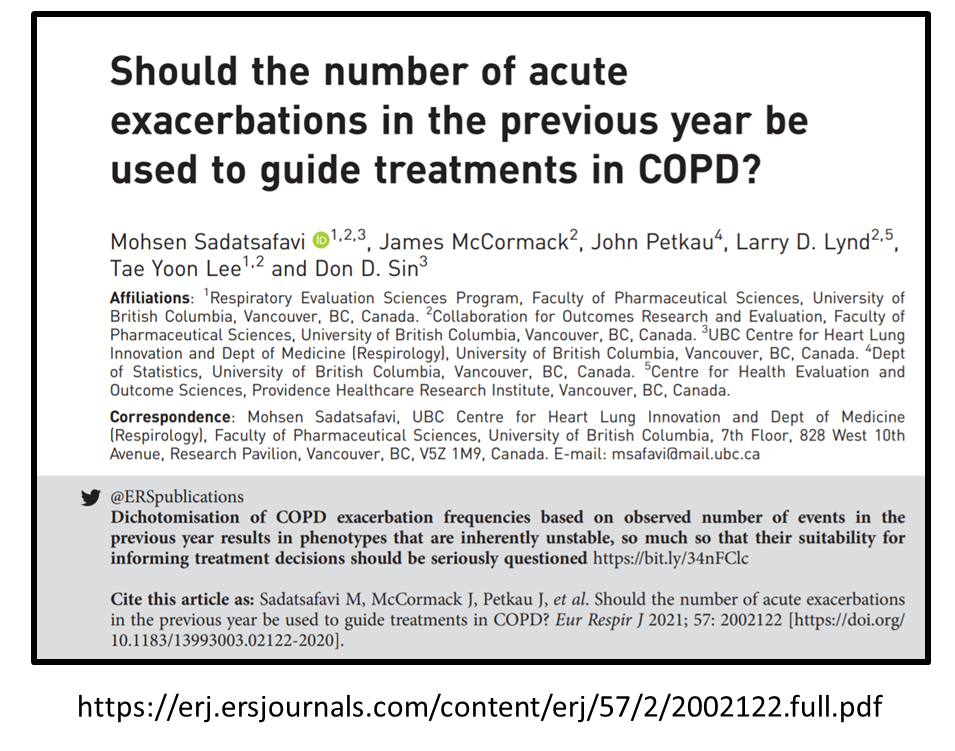
Every month I try to read an open-access article. Then, I share the title and associated link with my followers. This is to encourage clinicians to read articles, stay up-to-date, and continue to grow.
This month’s paper aims to investigate “whether cigarette smoke interferes with cytokine- and virus-mediated induction of the immunoproteasome and MHC class I antigen presentation in parenchymal cells of the lung and the consequences thereof” (p2).
Antiviral CD8+ T-cell immune responses are impaired by cigarette smoke and in COPD
By Jie Chen, Xinyuan Wang, Adrian Schmalen, Sophia Haines, Martin Wolff, Huan Ma, Huabin Zhang, Mircea Gabriel Stoleriu, Johannes Nowak, Misako Nakayama, Marta Bueno, Judith Brands, Ana L. Mora, Janet S. Lee, Susanne Krauss-Etschmann, Anna Dmitrieva, Marion Frankenberger, Thomas P. Hofer, Elfriede Noessner, Andreas Moosmann, Jürgen Behr, Katrin Milger, Cornelia A. Deeg, Claudia A. Staab-Weijnitz, Stefanie M. Hauck, Heiko Adler, Torsten Goldmann, Karoline I. Gaede, Jochen Behrends, Ilona E. Kammerl and Silke Meiners
European Respiratory Journal 2023 62: 2201374; DOI: 10.1183/13993003.01374-2022
Link to the article: https://erj.ersjournals.com/content/62/2/2201374
“In this study, we demonstrate that cigarette smoke impairs cytokine- and virus-induced upregulation of the immunoproteasome/MHC class I antigen presentation machinery which associates with reduced activation of antiviral CD8+ T-cells. “
(Chen et al., p11)
“The concept that cigarette smoke interferes with effective antiviral CD8+ T-cell immunity was further corroborated by the finding that severe COPD patients with a smoking history had reduced numbers of influenza-specific peripheral CD8+ T-cells compared to lung healthy controls and asthma patients. “
(Chen et al. , p11)
As always, take the time to study the article and learn about all the results and findings.
Happy reading and learning,
Farzad Refahi
Aug. 12, 2023



